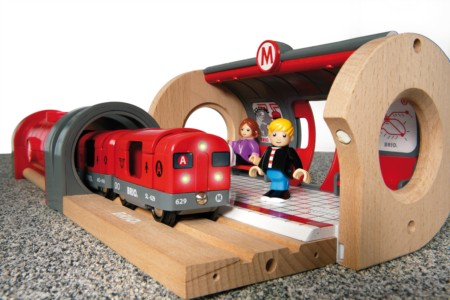Comments
One Response to “Limiting in Honolula”Disclaimer:
Opinions expressed on the blog are the opinions of the writers, and are not official positions of Rail For the Valley.
We welcome submissions from the community. If you would like to submit an article for consideration, please contact us at info@railforthevalley.com.
We welcome submissions from the community. If you would like to submit an article for consideration, please contact us at info@railforthevalley.com.
Post Catagories:
Subsribe to Our Updates!
Recent Comments
- Haveacow on A Slow Train to The Future
- Is the UBCx really a’no-brainer’? Council motion Oct 8 to put proposed Millennium Line UBC Extension to the test | CityHallWatch: Tools to engage in Vancouver city decisions on Facts Don’t Seem To Matter – UBC Students Gaslights The Truth.
- Is the UBCx really a’no-brainer’? Council motion Oct 8 to put proposed Millennium Line UBC Extension to the test | CityHallWatch: Tools to engage in Vancouver city decisions on The Broadway suybway Will Sterilize Buisness – Repost
- Haveacow on A Slow Train to The Future
- zweisystem on Facts Don’t Seem To Matter – UBC Students Gaslights The Truth.
Error, no Advert ID set! Check your syntax!





Comment left to HART building the Vancouver copy cat skytrain in Honolulu, so far no reply:
http://www.honolulutransit.org/hart/executive-director-ceo.aspx
You will be adding buses. While the elevated trains are fast, the buses which operate on the roads to get the people to the trains are slow. As a result, you will be forced to reduce travel times on the buses with frequent bus service in a futile attempt to synchronize the buses to the trains but you will be limited by the speed of the buses on the roads.
Bus utilization will drop and operating costs will soar – as in Vancouver, Canada. Freeing up road space with transit has the same effect as building roads – attracting drivers – to effectively negate any reduction of vehicles on the roads from drivers taking transit. This paradox has foiled attempts by TransLink in Vancouver to reduce road congestion with spending on sky train lines and frequent transit:
http://www.economics.utoronto.ca/public/workingPapers/tecipa-370.pdf
http://daily.sightline.org/2011/12/14/study-more-roads-more-traffic/
Since the formation of TransLink in 1999, driving has not decreased and trips by drivers remained unchanged at 57% in 2011 (TransLink):
http://habilisblog.com/cycling-and-transit-use-see-big-gains-in-metro-vancouver/
Trams at grade are more cost effective than elevated trains. Go with trams.
Eric Chris, PE